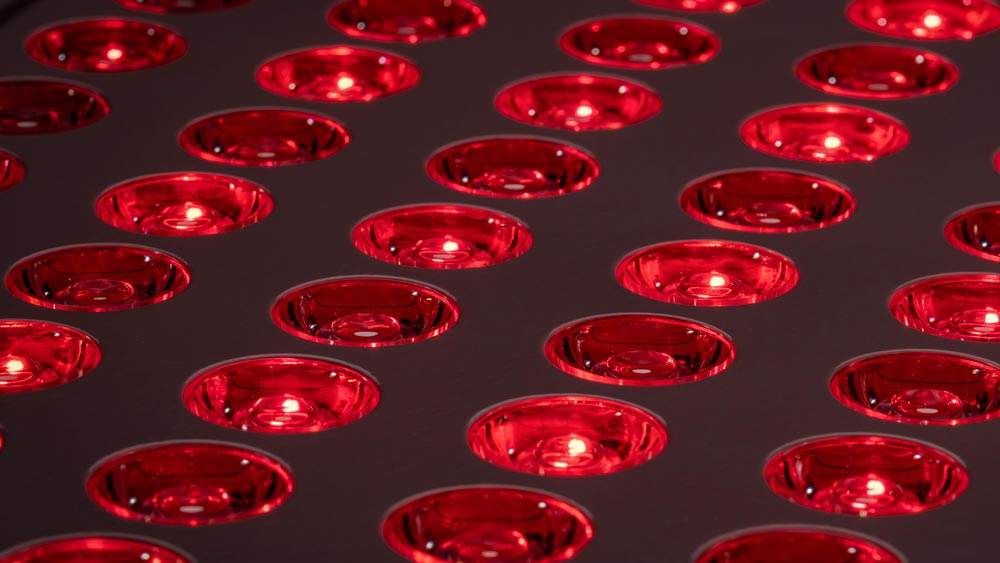![]() Free Shipping
Free Shipping ![]() Buy Now, Pay Later
Buy Now, Pay Later ![]() Eligible
Eligible
The Science Behind Modern Wellness Techniques

In recent years, wellness has evolved beyond bubble baths and essential oils. Today, it merges centuries-old practices with cutting-edge science to support the body and mind in a more holistic and sustainable way. From biohacking and skincare innovations to stress-reducing modalities rooted in neuroscience, the science behind modern wellness techniques is both fascinating and transformative. Here’s a closer look at how research-backed methods are shaping our routines for better health and vitality.
The Evolution of Wellness: From Intuition to Evidence
Wellness was once largely intuitive: people followed what felt good or what had been culturally passed down. Now, it’s increasingly grounded in empirical data. Scientific research has confirmed that many wellness practices, such as meditation, light therapy, and certain forms of movement, can produce measurable changes in the brain, immune system, and skin.
What separates modern wellness from trends of the past is the emphasis on outcomes. Whether it’s reducing cortisol levels, boosting collagen production, or increasing sleep quality, today’s techniques are often supported by peer-reviewed studies and clinical trials.
Stress Reduction and the Brain-Body Connection
One of the pillars of modern wellness is stress management. Chronic stress has been linked to inflammation, heart disease, hormonal imbalance, and even aging. Wellness techniques like deep breathing, guided meditation, and float therapy are no longer seen as indulgences but as science-backed strategies to regulate the nervous system.
Research shows that mindfulness practices increase activity in the prefrontal cortex (the area of the brain associated with decision-making and emotional regulation) while lowering the amygdala’s reactivity, which governs our stress response. Techniques that once seemed vague now have neurological evidence to back them up.
Skincare and Regenerative Therapies
Modern skincare has come a long way from cold creams and DIY masks. Today, wellness centers and medspas use science-led treatments like microneedling, laser resurfacing, and dermal fillers to promote healthy skin. These techniques don’t just mask imperfections, but they also trigger the body’s natural repair mechanisms to improve skin texture, elasticity, and tone over time.
Collagen production, for example, declines as we age. Microneedling and radiofrequency therapy stimulate fibroblast activity to regenerate collagen from within. Similarly, treatments like intense pulsed light (IPL) target pigment and vascular irregularities at a cellular level, resulting in brighter, more even-toned skin. This balance of biology and beauty is at the heart of science-based wellness.
For those seeking results-driven care, clinics like dermani MEDSPA in Dallas’s Preston Hollow area offer non-invasive procedures tailored to support both health and aesthetics, combining clinical expertise with a luxury wellness experience.
Nutritional Science and Gut Health
Another central piece of modern wellness is nutrition, especially as it relates to gut health. The microbiome, a complex ecosystem of bacteria in our digestive tract, plays a major role in immunity, inflammation, and even mental health. Scientific advancements have revealed how personalized diets, probiotic supplementation, and anti-inflammatory foods can influence everything from mood to metabolism.
Functional wellness practitioners now often use stool testing, food sensitivity panels, and blood work to create targeted wellness plans. The result? A science-backed nutritional approach that supports the individual’s unique biology.
Technology Meets Wellbeing
Wearable devices, health tracking apps, and smart fitness equipment have transformed wellness into a data-driven experience. Devices like heart rate monitors, sleep trackers, and even AI-powered skincare diagnostics allow individuals to make more informed decisions about their habits.
This rise in technology doesn’t just make wellness more accessible; it also makes it more effective. When people can see how changes in diet, movement, or sleep affect their biometrics, they’re more likely to stay committed to long-term improvements.
The Future of Wellness
As our understanding of the human body deepens, the line between wellness and science will continue to blur. More than ever, people are looking for wellness that works, not just something that sounds good. The focus is shifting to results, longevity, and preventative care, with tailored regimens that support both inner and outer health.
Science doesn’t strip the soul from wellness; it elevates it. Whether through clinical-grade skincare, mindfulness training, or personalized nutrition, the modern wellness movement empowers individuals with the knowledge and tools to live healthier, more balanced lives.





